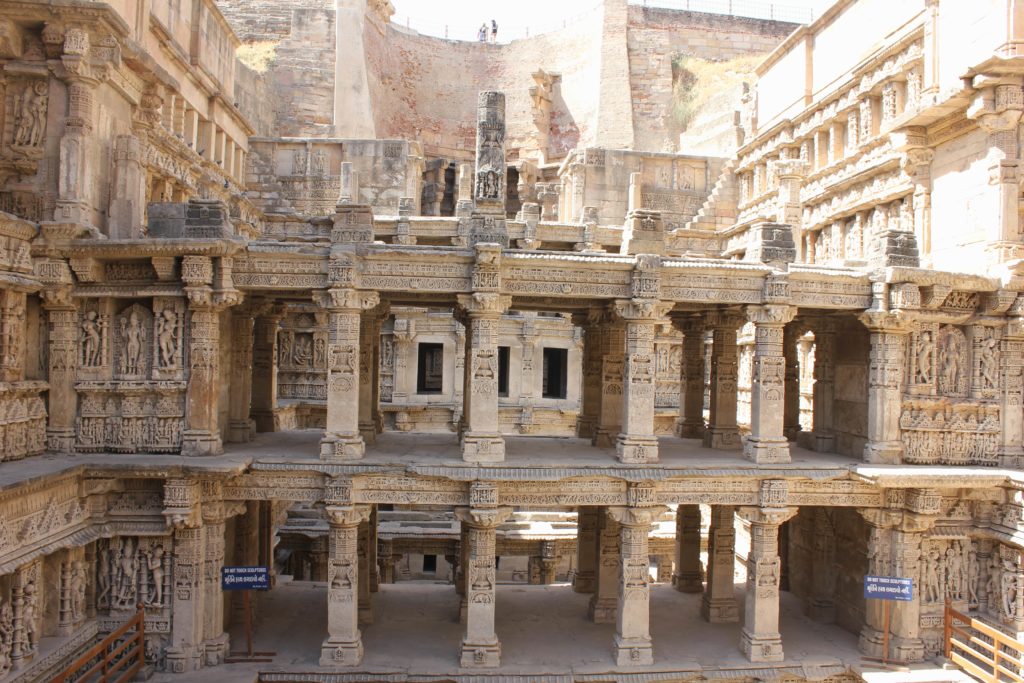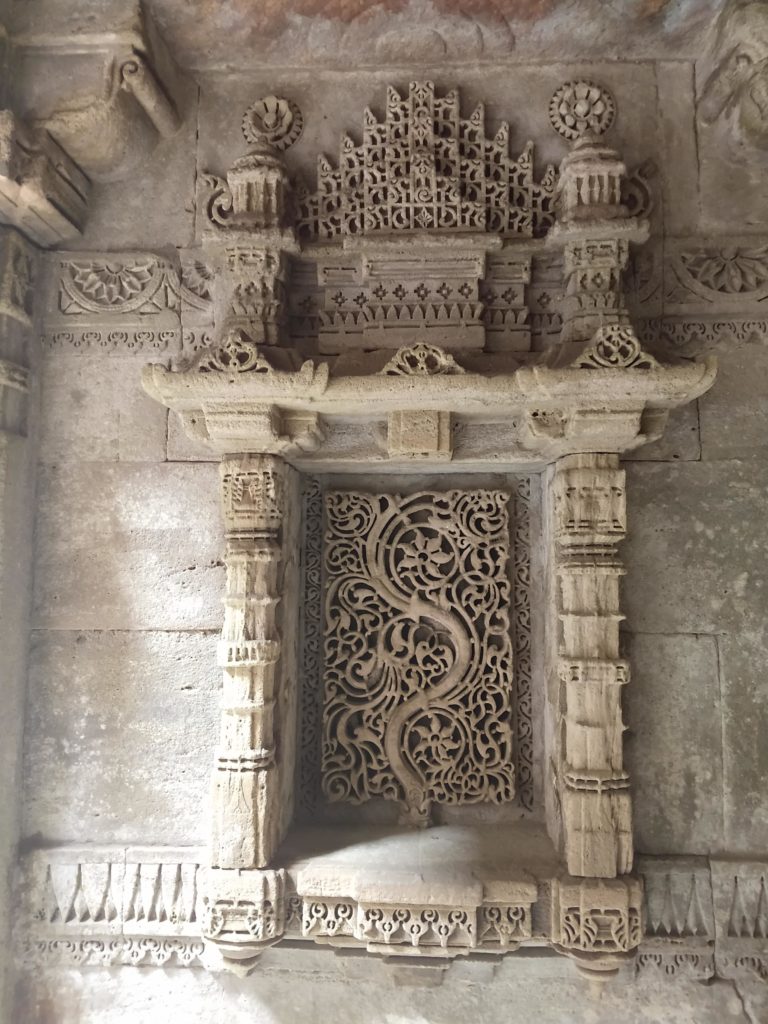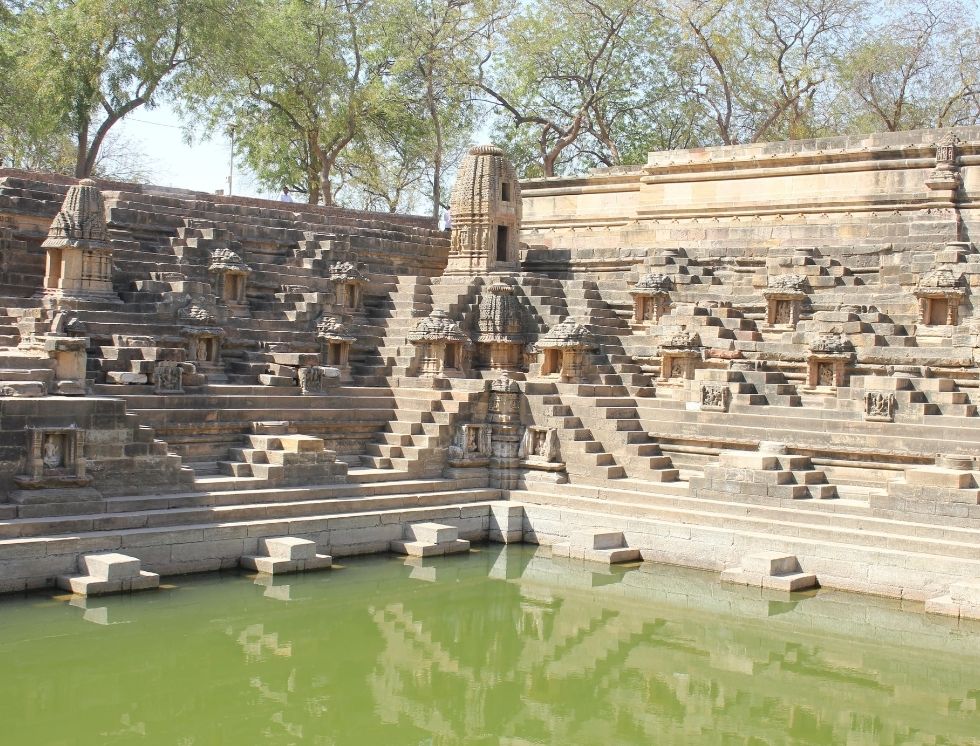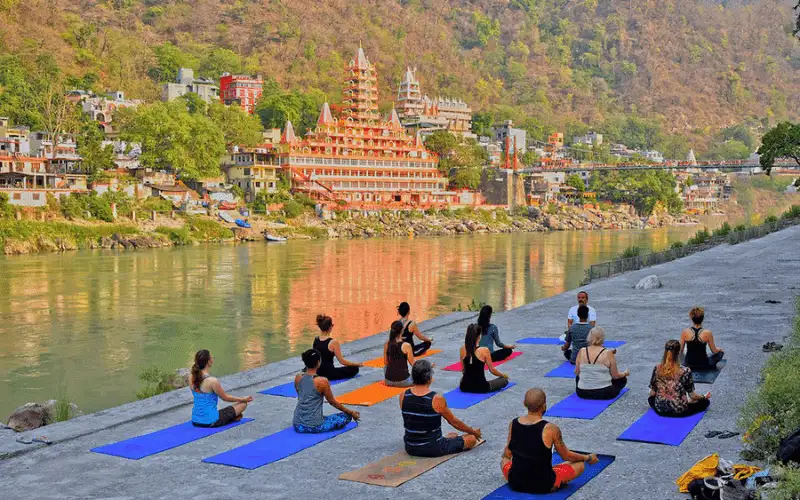There is more to Gujarat other than the White Rann, the temples, the festivals and the mouthwatering delicacies. Stepwells have served their purpose in the yesteryears and now are one of the most important symbols of Gujarat’s architecture. Ketki Gadre helps you catch a glimpse of the traditional architecture and explore a different side of Gujarat with the stepwells of Gujarat.
Gujarat boasts of over a 100 stepwells in different cities, dating as far back as 300 AD to 400 AD. Stepwells, locally known as ‘Vav’ have been mentioned in the Vedas and early examples can be found in the Indus Valley Civilization. It is believed that wells were constructed by the rulers from 500 AD to 1100 AD as a source of water for local people.
Stepwells traditionally served the purpose of storing water in the times of drought. Locals had to go down the steps to reach a water reservoir which was usually two to seven storeys deep. The depth made sure there was negligible evaporation and the water remained cold and fresh. Earlier there were only steps but they evolved into timeless architectural marvels with intricate carvings on each storey. Most stepwells are so technologically sound that they can withstand an earthquake of upto 7.5 Richter scale.

The architecture of the stepwells is so stunning that many are preserved by UNESCO as World Heritage Sites.
Rani Ki Vav, Patan
The Rani Ki Vav, a UNESCO world heritage site, was built in the early 11th century, by Queen Udayamati, in memory of her husband. The stepwell was flooded by the nearby Saraswati River, in the 15th century, and got completely silted. It was rediscovered in the 1980s by the Archaeological Survey of India upon excavation with the carvings in pristine condition.
This multi-storied stepwell has ornately carved walls, columns and steps with various forms of gods and goddesses. Every inch of this stepwell has carvings related to Lord Vishnu, Vishkanyas and Apsaras and has a spiritual significance. The stepwell is known to house over 800 sculptures.
Adalaj ni Vav, Adalaj-Gandhinagar


Located in Adalaj Village near Gandhinagar, the stepwell was built in the 15th century by Queen Rudabai. The five storeyed stepwell is designed in Indo-Islamic architecture, with intricate floral carvings on the pillars and walls demonstrating Jain and Hindu symbolism. The stepwell is octagonal in shape and follows the Solanki style of architecture. The entrance and steps going down five floors have beautifully carved pillars.
Modhera Surya Kund, Modhera
The Modhera stepwell is part of the larger Sun temple complex. The Modhera Sun Temple is a unique temple in Gujarat dedicated to the God Sun. Adjacent to the temple is a huge stepwell called the Surya Kund. This stepwell characterises not only the storage of water but also has religious rituals wherein worshippers could take a bath before entering the temple premises for praying. The stepwell consists of 108 miniature shrines carved on the steps and makes for an astounding architecture and backdrop.
Dada Harir Vav, Ahmedabad
One of the better-kept stepwells in the city of Ahmedabad is the 500-year-old Dada Harir Vav. The seven storeyed octagonal stepwell has intricately carved walls and columns with floral sculptures and scriptures in Arabic and Sanskrit. The stepwell, with its Indo-Islamic architecture, had a huge significance in the history of the area as it provided relief to the locals and travelers in hot months with water and shade.
Adi-Kadi Vav, Junagadh
Unlike the other stepwells in Gujarat, this stepwell does not feature extensive carvings. Instead Adi-Kadi Vav was entirely carved out of the hard rock. A lean path of 120 stairs goes down through the stone to reach a small water reservoir.
Sevasi Vav, Vadodara
The seven storeyed Sevasi Vav is on the outskirts of Vadodara town with amazing architecture and carvings. The stepwell is constructed in the combination of brick masonry and stone and known to be constructed 500 years ago. It is laid out in the east-west direction and has intricate carvings on the walls and pillars such as motifs, floral prints, bells, and animals. The stepwell has a residing deity and the locals visit here to pay their respects which also helps in maintaining the structure

























